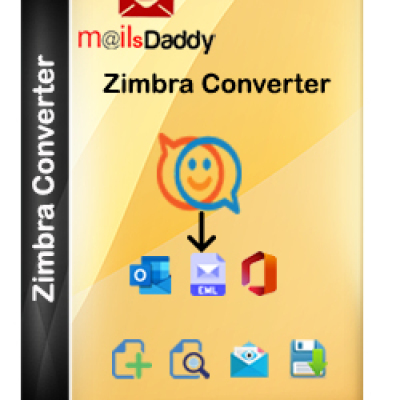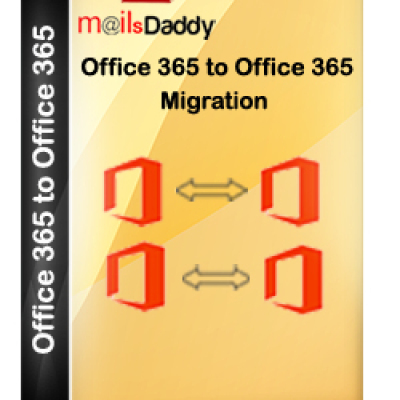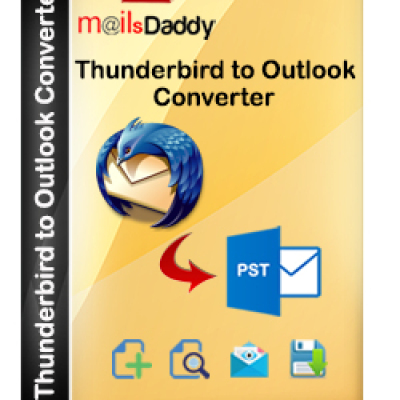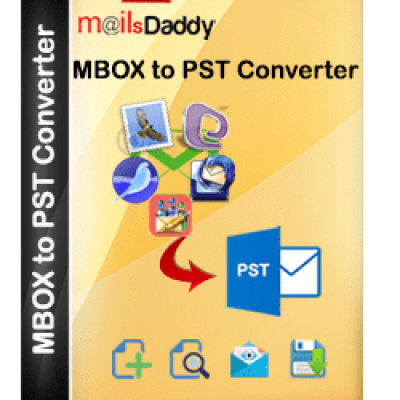Typesetting and layout requirements for books can vary depending on the style and genre of the book. However, here are some common typesetting and layout elements that are often considered during the preprint preparation process:
1. Font Selection: Choosing appropriate fonts for the body text, headings, and other elements of the book is an essential aspect of typesetting. Fonts should be legible, aesthetically pleasing, and appropriate for the book's content and genre.
2. Margins and Page Size: Determining the appropriate margins and page size is crucial for readability and aesthetics. Margins provide space for readers to hold the book comfortably, while the page size affects the overall look and feel of the book.
3. Paragraph and Line Spacing: Adjusting the spacing between paragraphs and lines helps improve readability. Adequate spacing enhances the flow of text and prevents the page from appearing too crowded or overwhelming.
4. Chapter Headings and Subheadings: Consistent formatting of chapter headings and subheadings helps readers navigate through the book easily. This may involve selecting appropriate font styles, sizes, and spacing.
5. Page Numbers and Running Headers: Including page numbers and running headers (such as chapter titles or book titles) is essential for navigation and reference purposes. Careful placement and formatting of these elements ensure they are visible and well-positioned on each page.
6. Hyphenation and Justification: Hyphenation and justification settings determine how lines of text are broken and aligned. Proper hyphenation and justification help maintain a visually balanced appearance, avoiding excessive gaps or unsightly line breaks.
7. Tables, Figures, and Captions: If the book contains tables, figures, or illustrations, they need to be appropriately placed and formatted. This includes providing clear captions, aligning them with the relevant text, and ensuring visual consistency.
8. Footnotes and Endnotes: Formatting footnotes and endnotes involves proper placement, numbering, and consistent styling throughout the book. The presentation of citations and references should follow the chosen citation style guide.
9. Headers and Footers: Headers and footers often contain information such as chapter titles, book titles, author names, or page numbers. Proper formatting and placement of these elements ensure they are consistent and visually appealing.
10. Special Typography: Some books require special typography elements, such as drop caps, pull quotes, or decorative elements. These elements add visual interest and enhance the overall design of the book.
These are just some of the common typesetting and layout requirements for books. The specific requirements may vary depending on factors such as the book's genre, target audience, and design preferences.
Fire
Thought
Post









